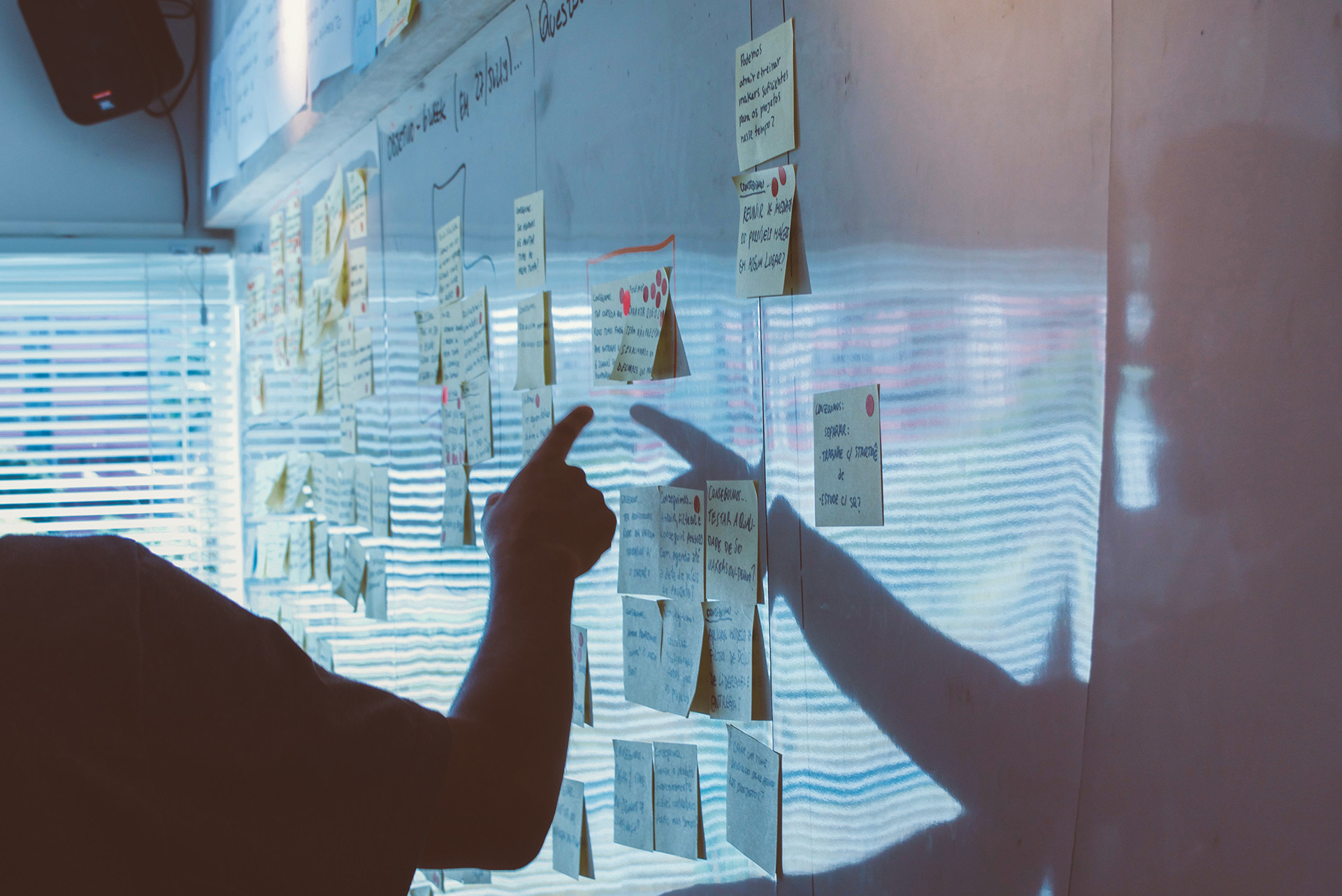Inspecting coredumps like it's 2021
A coredump is a snapshot of a process’s memory that is usually created by the kernel when a crash happens. These can be fairly helpful to find out which part of the code broke by looking at the backtrace or finding any kind of corruption by introspecting the memory itself. Unfortunately it can be a bit tedious to work with these. This article aims to give an overview over helpful tools & tricks to leverage the full power of coredumps on Nix-based systems.









